|
產業經濟 Industrial economy
|
|||||||||||||||||||||||||||||||||||||||||||||||||||||||||||||||||||||||||||||||||||
|---|---|---|---|---|---|---|---|---|---|---|---|---|---|---|---|---|---|---|---|---|---|---|---|---|---|---|---|---|---|---|---|---|---|---|---|---|---|---|---|---|---|---|---|---|---|---|---|---|---|---|---|---|---|---|---|---|---|---|---|---|---|---|---|---|---|---|---|---|---|---|---|---|---|---|---|---|---|---|---|---|---|---|---|---|
五.產業經濟
多年戰爭等因素影響,經濟發展緩慢,每年經濟成長約6%以上。近年來,大力推動旅遊業,取得顯著成績,政局社會穩定,成功吸引中國、韓國、日本等國家投資進駐,成為東南亞新興投資點之一。貧富懸殊問題(8%富人)、基礎建設不足、健康衛生問題和缺乏教育等社會問題十分嚴重,是柬國發展經濟嚴峻考驗。2005年發現石油和天然氣。商業開發2009~2010年開始。2012年金邊水務局第一支股票上市。 流通貨幣:瑞爾RIEL(柬幣)、USD(美元)。 一般買賣以美金計價。美金與瑞爾同時流通使用, 匯率約1美元=4,000至4,200瑞爾。 國內生產毛額(GDP):183.81億美元(2015) 政府財政赤字依賴外國援助和貸款。 人均國民所得:1,241美元(2015 IMF預估)、1,130美元(2014)、1,043美元(2013)
2013年由低收入國家轉為中低收入國家,人均國民所得超過1,000美元。 世界銀行:預估2014年柬埔寨經濟成長率7.2%,雖較總理洪森年初預估7.5%低,但較亞洲開發銀行預估7%高。2015年預估7.5%。經濟預測良好係因該國近期已有效抑制去年全國大選後所帶來不安因素,及受到全球經濟快速成長所致。 IMF公佈:2014年柬埔寨經濟成長率7.2%,為全球第10名。 主要產業:1.成衣與紡織業。2.建築業:2014年超越旅遊業及農業,成為第二大產業。3.旅遊業。4.農業
5. Industrial economy
Affected by many years of war and other factors, economic development was slow. In recent years, it has vigorously promoted the tourism industry and achieved remarkable results. The political situation and society are stable, and the annual economic growth is about 6%. It has successfully attracted investment from China, South Korea, Japan and other countries, and has become one of the emerging investment spots in Southeast Asia. Social problems such as disparity between rich and poor (8% of the rich), inadequate infrastructure, health and sanitation, and lack of education are very serious, which is a severe test for Cambodia's economic development. Oil and gas were discovered in 2005. Commercial development started in 2009~2010. In 2012, the first stock of Phnom Penh Water Authority was listed. Currency in circulation: Riel RIEL (Cambodian currency), USD (US dollar). General transactions are denominated in US dollars. U.S. dollars and Riel are in circulation at the same time. The exchange rate is about 1 US dollar = 4,000 to 4,200 riels. Gross Domestic Product (GDP): US$18.381 billion (2015) Government deficits are dependent on foreign aid and loans. Per capita national income: US$1,241 (2015 IMF estimate), US$1,130 (2014), US$1,043 (2013)
In 2013, it was converted from a low-income country to a low-middle-income country, with a per capita national income exceeding US$1,000. World Bank: It is estimated that Cambodia's economic growth rate in 2014 will be 7.2%, which is lower than Prime Minister Hun Sen's forecast of 7.5% at the beginning of the year, but higher than the Asian Development Bank's forecast of 7%. In 2015, it was estimated at 7.5%. The good economic forecast is due to the fact that the country has recently effectively curbed the unrest brought about by last year's national elections and is driven by the rapid growth of the global economy. The IMF announced that Cambodia's economic growth rate in 2014 was 7.2%, ranking 10th in the world. Main industries: 1. Garment and textile industry. 2. Construction industry: surpassed tourism and agriculture in 2014 and became the second largest industry. 3. Tourism. 4. Agriculture
|
||||||||||||||||||||||||||||||||||||||||||||||||||||||||||||||||||||||||||||||||||||
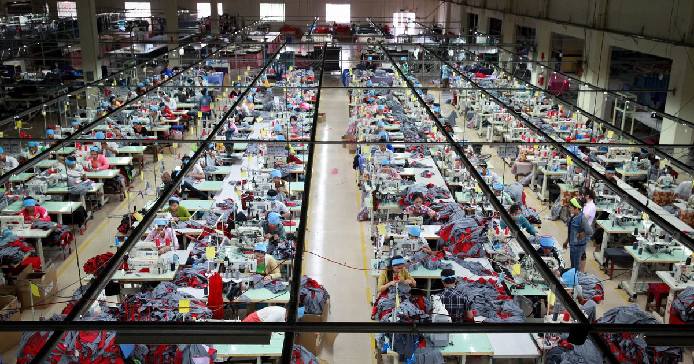 |
||||||||||||||||||||||||||||||||||||||||||||||||||||||||||||||||||||||||||||||||||||
|
|
||||||||||||||||||||||||||||||||||||||||||||||||||||||||||||||||||||||||||||||||||||
六.交通建設
公路:1~9號國道,首都通向全國。2014開始有公車。國民交通工具:三輪計程車(嘟嘟車)、摩托車。富人高級進口車代步。旅客多搭乘嘟嘟車及長短程巴士。 汽車以台灣日本及南韓進口二手車為主。 電車:首都金邊電車由法國協助規劃興建中。尚未規劃城市地鐵。 飛機:3個國際機場:金邊、吳哥窟附近暹粒吳哥機場、西哈努克機場。桃園機場直飛金邊,華航、長榮每日共2班對飛,航程:3.5小時。時差:慢台灣1小時。 ※高速公路:中國興建首條高速公路連接金邊至西哈努克港,預計2016年開工,2020年竣工通車。金邊市區至機場高速公路,規畫中國興建,2016年動工,2020年完工。因土地拆遷問題居民抗議,宣布取消。 鐵路:2條路線:金邊-曼谷、金邊-西哈努克市。是交通運輸大動脈,但年久失修,運輸能力較低。尚在興建多條路線。 ※泛亞高鐵:東、中、西三線,連接中國、東協至新加坡,長14,600公里,2020年通車。東線:中國昆明→越南河內→胡志明市→柬埔寨金邊→泰國曼谷→馬來西亞吉隆玻→新加坡。中線:中國昆明→寮國永珍→泰國曼谷。西線:中國昆明→大理→緬甸曼德勒→仰光→泰國曼谷。「鋼鐵絲綢之路」取代麻六甲海峽海運,降低運輸成本,物流人流金流連結東協,深化中國「一帶(西向陸運)一路(南向海運)」大戰略。 2020年泛亞高鐵通車,中國昆明至新加坡11小時,中國東協一日生活圈形成。 克拉地峽運河:「東方巴拿馬運河」,位於泰國南部,總長約100公里,接通暹羅灣與印度洋,國際海運線不必繞過新加坡、穿過麻六甲海峽,縮短1200公里航程,將為東協物流貨運節省大量成本。中國80%進口石油必須經由麻六甲海峽運輸,一但和美國發生衝突,美軍可隨時封鎖麻六甲,掐斷中國大陸經濟命脈。戰略地位非常重要,運河開通後,中國可突破美國海島封鎖,東南亞軍事局勢將產生重大改變。美軍在新加坡軍事基地、新加坡航運樞紐地位將降低。
Highway: National Highway No. 1~9, the capital leads to the whole country. Buses started in 2014. National means of transportation: three-wheeled taxis (tuk-tuks), motorcycles. Rich people use high-end imported cars to travel. Passengers mostly take tuk-tuks and long- and short-distance buses. Cars are mainly used cars imported from Taiwan, Japan and South Korea. Tram: The tram in Phnom Penh, the capital, is being planned and constructed with the assistance of France. A city subway has not yet been planned. Aircraft: 3 international airports: Phnom Penh, Siem Reap near Angkor Wat, Sihanoukville Airport. Taoyuan International Airport flies directly to Phnom Penh. China Airlines and Evergreen have 2 opposite flights every day. Flight time: 3.5 hours. Time difference: 1 hour behind Taiwan. ※Expressway: China will build the first expressway connecting Phnom Penh to Sihanoukville Port. It is expected to start construction in 2016 and be completed and opened to traffic in 2020. The Phnom Penh City-Airport Expressway is planned to be built in China, started in 2016 and completed in 2020. Residents protested due to land demolition issues and announced the cancellation. Railway: 2 routes: Phnom Penh - Bangkok, Phnom Penh - Sihanoukville. It is the main artery of transportation, but it has been in disrepair for a long time and its transportation capacity is low. Several routes are still under construction. ※Pan-Asia High-speed Railway: East, Central, and West lines, connecting China, ASEAN and Singapore, with a length of 14,600 kilometers and opening to traffic in 2020. East Route: Kunming, China→Hanoi, Vietnam→Ho Chi Minh City→Phnom Penh, Cambodia→Bangkok, Thailand→Kuala Lumpur, Malaysia→Singapore. Middle line: Kunming, China→Vientiane, Laos→Bangkok, Thailand. West Line: Kunming, China → Dali → Mandalay, Myanmar → Yangon → Bangkok, Thailand. The "Steel Silk Road" replaces the sea transportation in the Strait of Malacca, reduces transportation costs, and connects the flow of logistics people and gold to ASEAN, and deepens China's "One Belt (West to Land) and One Road (South to Sea)" grand strategy. In 2020, the Pan-Asian high-speed railway will be opened to traffic, and it will take 11 hours from Kunming, China to Singapore, and the China-ASEAN one-day living circle will be formed. Kra Isthmus Canal: "Oriental Panama Canal", located in southern Thailand, with a total length of about 100 kilometers, connecting the Gulf of Siam and the Indian Ocean. International shipping lines do not have to bypass Singapore and pass through the Strait of Malacca, shortening the voyage by 1,200 kilometers. Freight saves a lot of money. 80% of China's imported oil must be transported through the Strait of Malacca. Once there is a conflict with the United States, the US military can blockade Malacca at any time and cut off the economic lifeline of mainland China. The strategic position is very important. After the opening of the canal, China can break through the US island blockade, and the military situation in Southeast Asia will undergo major changes. The status of the US military base in Singapore and Singapore's shipping hub will be reduced. |
||||||||||||||||||||||||||||||||||||||||||||||||||||||||||||||||||||||||||||||||||||
|
||||||||||||||||||||||||||||||||||||||||||||||||||||||||||||||||||||||||||||||||||||
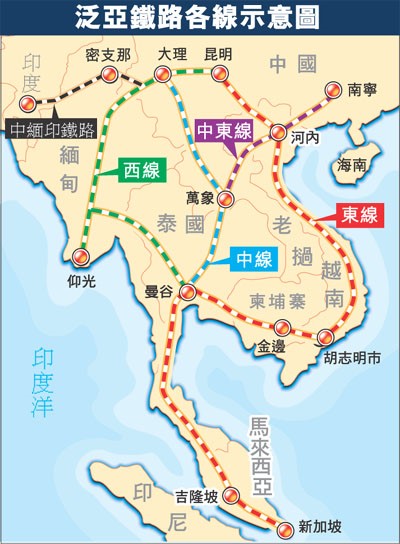 |
||||||||||||||||||||||||||||||||||||||||||||||||||||||||||||||||||||||||||||||||||||
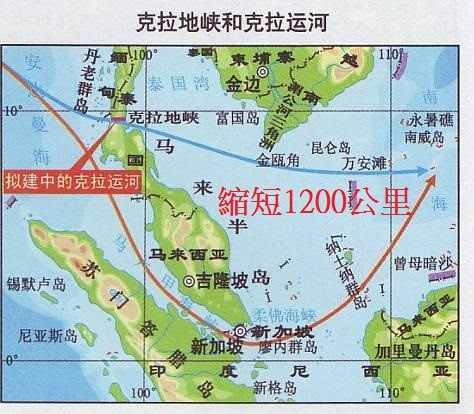 |
上一頁Last |
下一頁Next |
TOP |

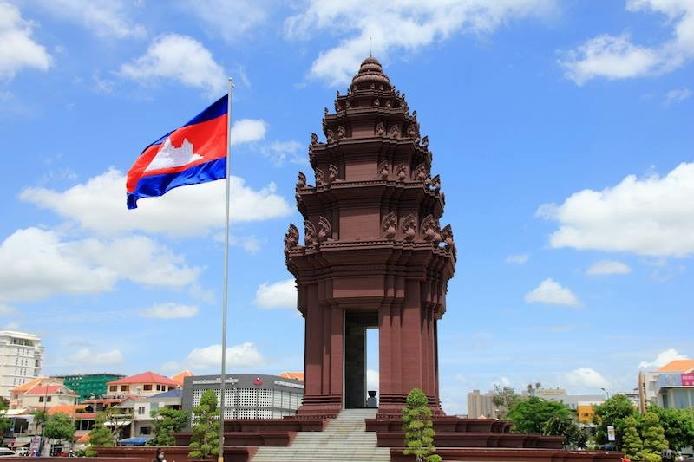
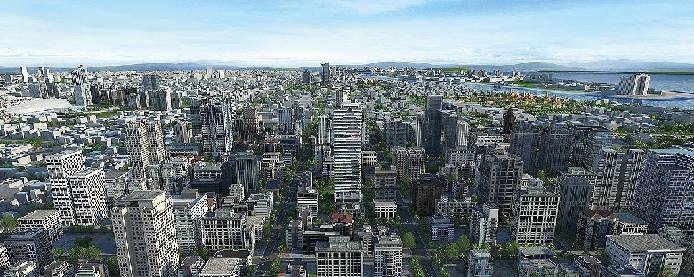
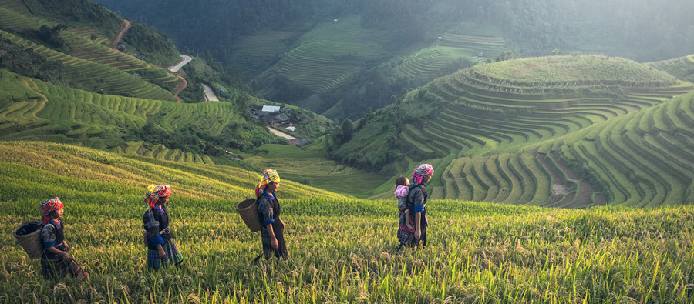
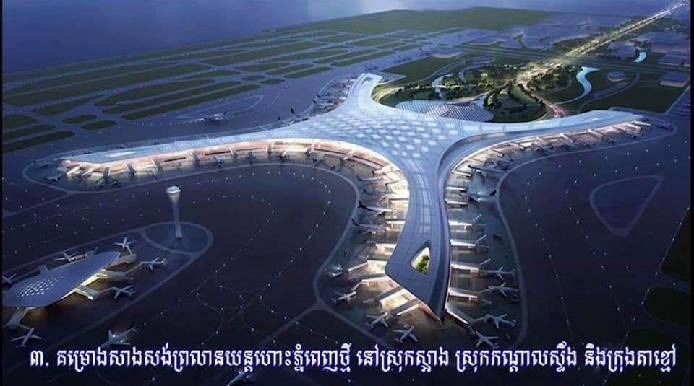
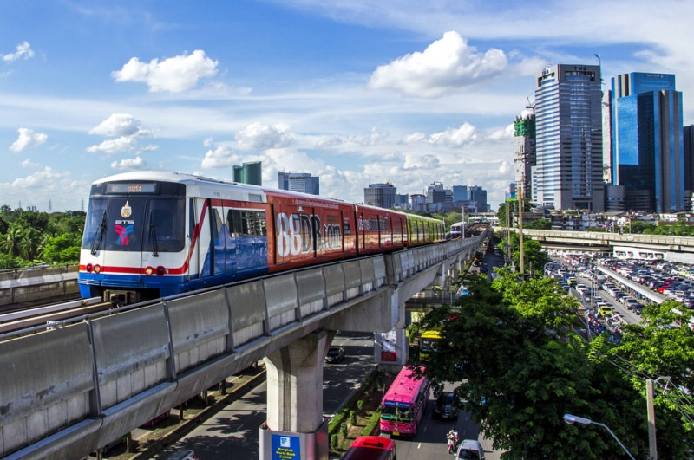
 .......热点省份代理人 詹经理 Rock Chan
.......热点省份代理人 詹经理 Rock Chan